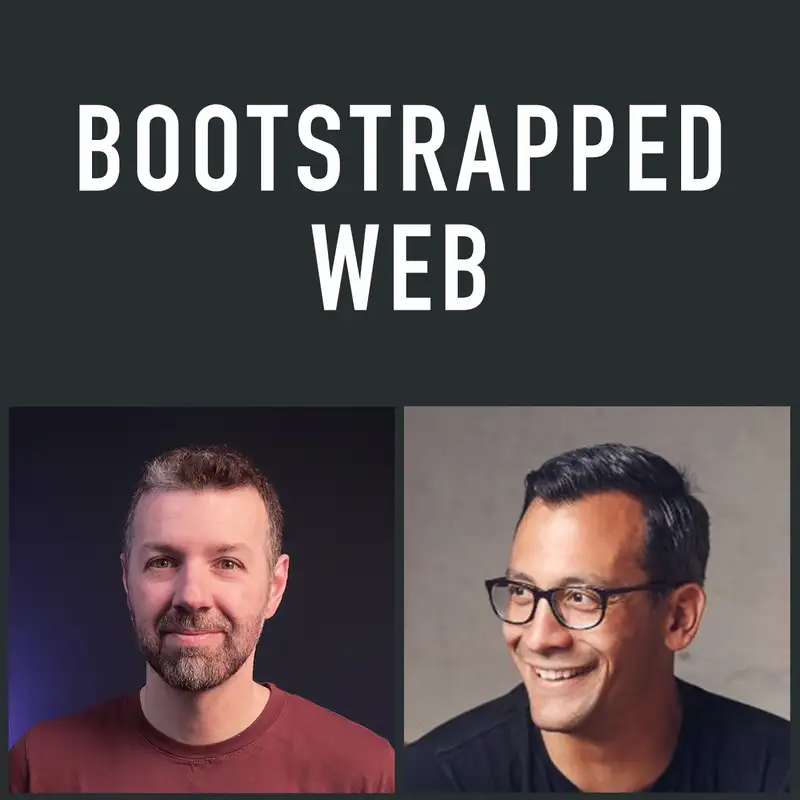Make it Rough
Idea hunting. Competitors. Levels. Portfolios. Rough products. Customer success. Weekly pricing. Productized services. Earthquakes. Supplements.
Connect with Jordan:
Jordan's company, Rally
Jordan on Twitter: @jordangal
Jordan on Threads: @jordangal
Connect with Brian:
Brian's consultancy: Instrumental Products
Brian's SaaS, Clarityflow
Brian on Twitter: @casjam
Brian on Threads: @brian.casel
Idea hunting. Competitors. Levels. Portfolios. Rough products. Customer success. Weekly pricing. Productized services. Earthquakes. Supplements.
Connect with Jordan:
- Jordan's company, Rally
- Jordan on Twitter: @jordangal
- Jordan on Threads: @jordangal
Connect with Brian:
- Brian's consultancy: Instrumental Products
- Brian's SaaS, Clarityflow
- Brian on Twitter: @casjam
- Brian on Threads: @brian.casel
